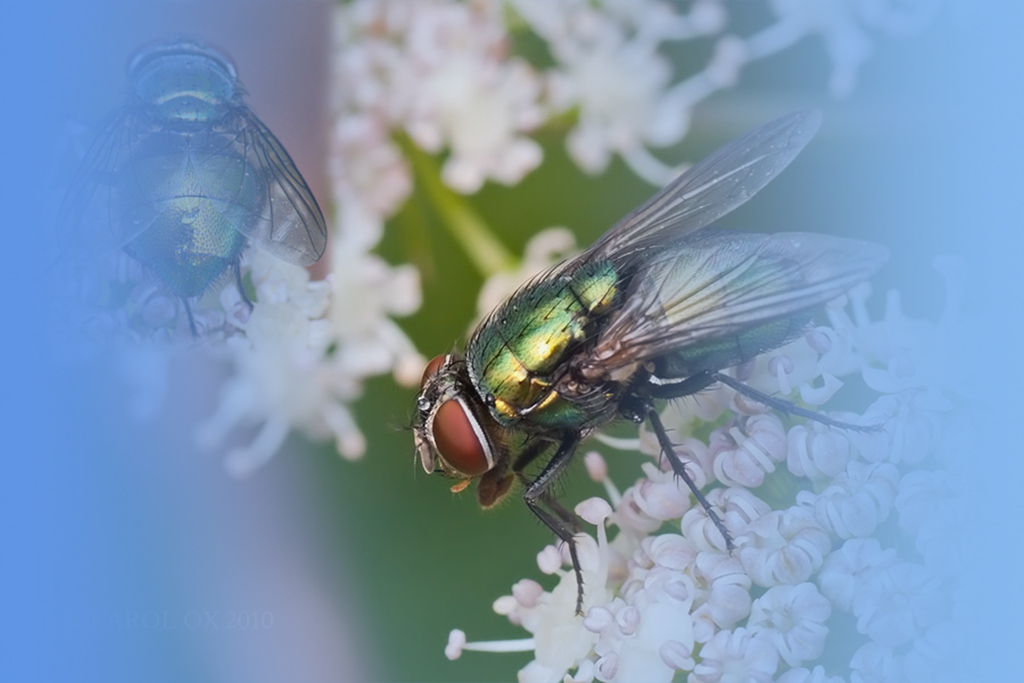LI Hua-chang, YANG Gui-rong, SHI Ai-jun, WU Shao-bo, GONG Zheng-da
Chines Journal of Vector Biology and Control. 2010, 21(5): 427-431.
Objective To identify the faunal distribution and species diversity of mosquitoes and their relationship in the residential areas of Lincang city, Yunnan province. Methods The survey was conducted in the residential areas of 13 villages (towns) of the 5 counties in Lincang: Gengma, Cangyuan, Zhenkang, Yongde and Yunxian (563-2038 m above sea level). Light traps were used to capture nocturnally active adult mosquitoes overnight. The collected insects were classified, counted and statistically analyzed. Results A total of 29 621 mosquitoes were captured, belonging to 49 species in 6 genera of 2 subfamilies, including 15 species of the genera Culex, 17 species of the genera Anopheles, 10 species of the genera Aedes, 4 species of the genera Armigeres, 2 species of the genera Mansonia and 1 species of the genera Coquillettidia. Among these mosquitoes, Cx. tritaeniorhynchus (69.17%) and An. sinensis (19.47%) were not the dominant species in terms of their counts but also the most widely distributed. The other 47 species (which together accounted for 11.36%) were relatively fewer with a narrower distribution. The statistics showed that the species diversity index (2.2808) and evenness index (0.7000) were highest in Yunxian, where the constituent ratio (29.47%) of the dominant species, Cx. tritaeniorhynchus, and the mosquito density (287.10 per trap·night) were the lowest. In contrast, Gengma county had the lowest mosquito species diversity (0.4096) and evenness index (0.1229), despite the highest constituent ratio (91.53%) of Cx. tritaeniorhynchus and mosquito density (1435.70 per trap·night). This suggested that the mosquito species diversity and evenness were negatively correlated with the mosquito density and abundance of dominant species, while the mosquito density was significantly positively correlated with the abundance of dominant species. Conclusion Featuring large number and wide distribution, Cx. tritaeniorhynchus and An. sinensis are the dominant species in the local residential areas. The abundance of Cx. tritaeniorhynchus led the changing trends of the local mosquito density and species diversity.



